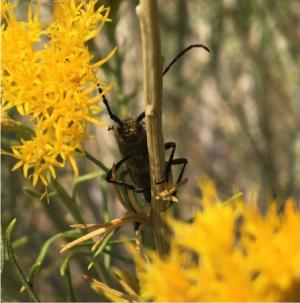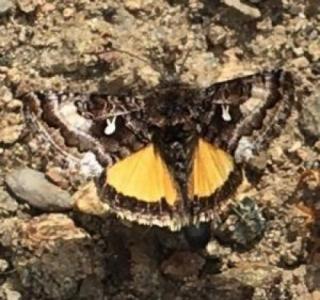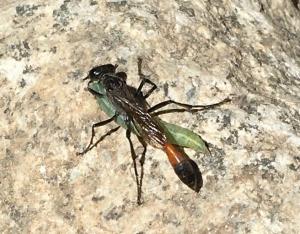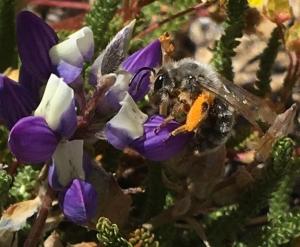 iNaturalist—a great tool!
iNaturalist—a great tool!
When I go out exploring or hiking, I take my iPhone and my battery pack with me so I can take photos in the field of cool plants, insects, and animals I find along the way. I enter them into iNaturalist when I get home. It’s fun and a way to learn about the natural world and to help science. Researchers use iNaturalist data. The program started as a master’s project by UC Berkeley students and then gained sponsorship from the California Academy of Sciences and National Geographic. There is little information on insects, so enter as many bugs as you can.
You never know what you will find in the field. I recently went out to document plants in an area where a lithium mine is being proposed and saw a snake and 5 different types of lizards! It was a wonderful surprise! When I look at what I and others have entered in an area, I’m amazed at the biodiversity: all manner of fish, insects, flowers, grasses, mammals, reptiles, etc. And that’s just what has been recorded in iNaturalist.


Take photos from different angles to help you identify it later. For plants, take photos of the overall structure and close ups of the base, the stem, the leaves, the flower, the underside of the flower, and the seedpods. For butterflies try to get a photo when the wings are open and when they are closed. For lizards, you want a top view and side view at least. Even if you know what it is you are photographing, think about how you can support your identification in photos because two more people have to verify your identification before it becomes research grade. If possible, identify your sightings down to the Genus (or species) level. If you can get it to the Genus level, there are experts who can take it to the species and sub-species level. iNaturalist also has a very helpful feature that makes suggestions based on your first photo of the sequence. Enter all the photos for a specimen in one entry, but put different specimens in separate entries.
To see what others have entered, use the “Explore” option. Just enter the state or county or region, i.e. Great Basin, Eastern Sierra, Bodie, etc., in the location field and click on the “Go” button. As you zoom in, the red squares turn into pins marking each entry. You can click on the “Filters” button to select just plants, reptiles, etc. or select them all. It’s a great app and easy to work with. www.iNaturalist.org

